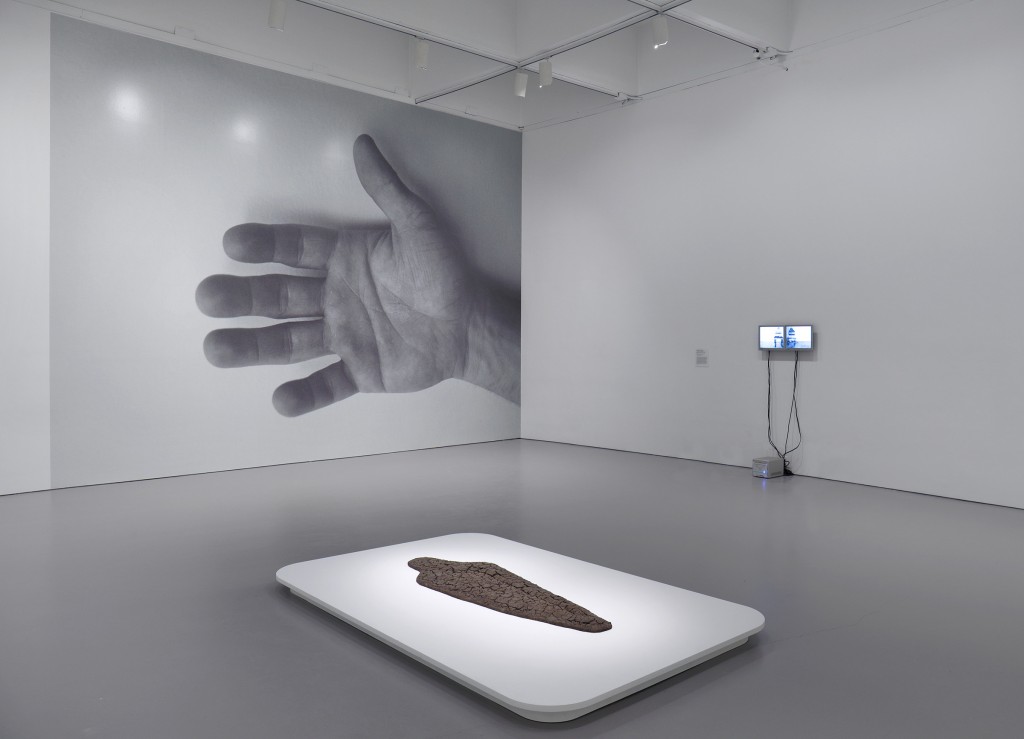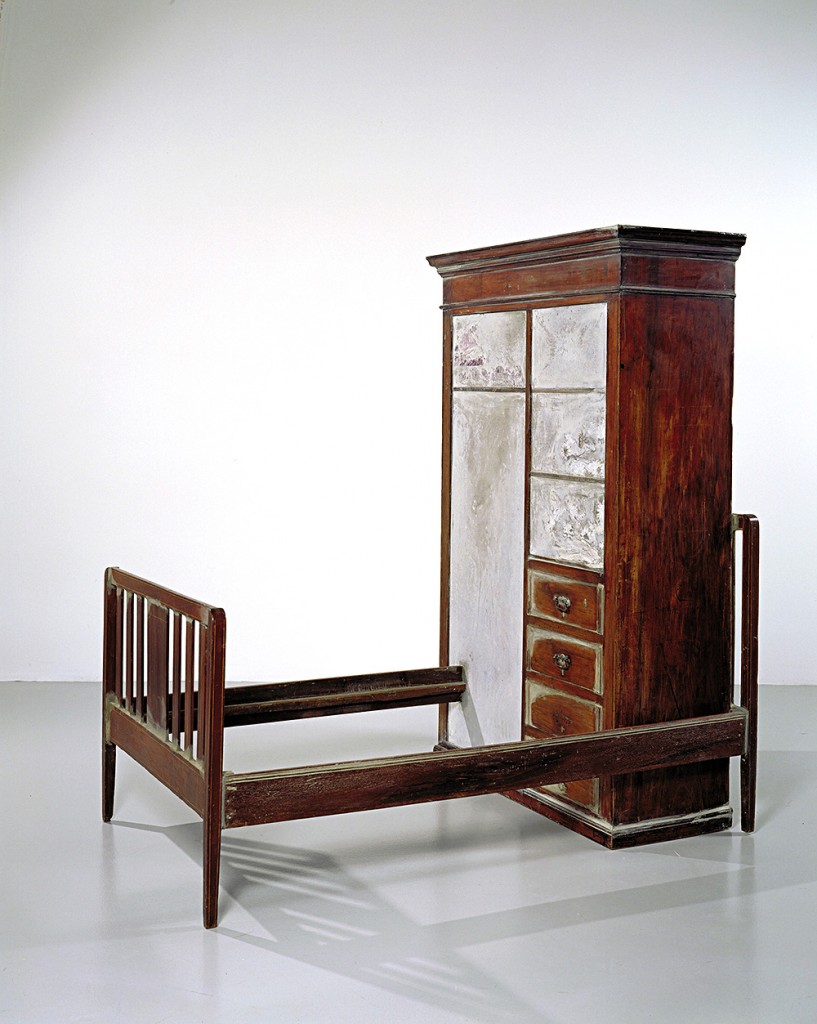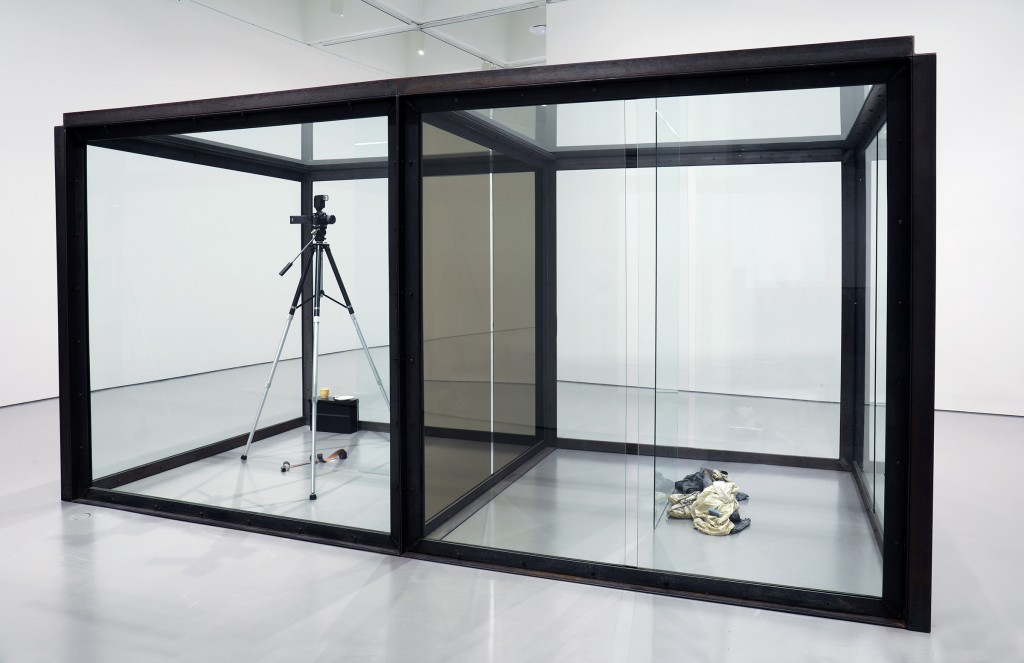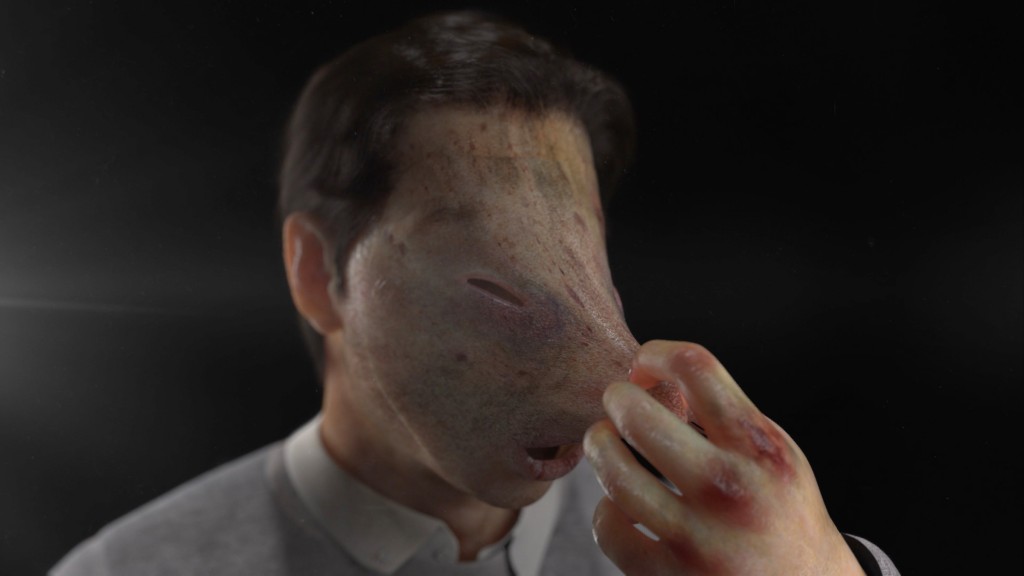“What Absence Is Made Of” – Art Gallery Installations Representing Absence

The unusual exhibition titled “What Absence Is Made Of” held in the Smithsonian’s Hirshhorn Museum collected 70 artworks created over the past 70 years. For the first time masterpieces by such renowned artists as Joseph Beuys, Gerhard Richter, Huang Yong Ping, Damien Hirst, and others were brought together in one project. So what prompted the curators of the Museum to put together a collection of art gallery installations representing absence?
The curator of the project Gianni Jetzer, chief curator of the Hirshhorn Museum, posed rather difficult questions: what does the absence look like? How can loss – of objects, of memory, of oneself – become an instrument of artistic expression? And here’s the conclusion he comes to: “Absence is so much more than nothing. In the age of consumption, it has become a way for contemporary artists to transcend the boundaries of the material world, to follow a long tradition of expressing transcendent ideas through art.” The exposition includes 70 art gallery installations representing absence, which were created over the past 70 years.
For the first time in the Hirshhorn National Museum of Modern Art, visitors will see artworks by Joseph Beuys, Félix González-Torres, Ana Mendieta, Gerhard Richter, Huang Yong Ping. Their masterpieces are divided into the following themes: “The Dematerialization of the Art Object,” “The Body in Pieces,” “Close to Nothing,” “Memento,” and “The Posthuman Body.” At the same time, the Hirshhorn Museum reminds that in the late 1960s, many artists in search of “nothing that is something” began to experiment with a new environment – ideas. Thus, were created “letters” by conceptual artist Joseph Kosuth. His artworks continue to influence such significant contemporary artists as Didier Vermeiren, Hiroshi Sugimoto, Cyprien Gaillard, and Reynier Leyva Novo.
Today, “the absence” is also a virtual world that has replaced real – computer animation, avatars, artificial intelligence. Among the highlights of the exhibition of art gallery installations representing absence is “The Asthmatic Escaped II” (1992) by Damien Hirst. There is a camera on a tripod, a saucer, cookies, a plastic cup, jeans, a t-shirt, sneakers and an inhaler put into two glass jars. It is a monument to Francis Bacon, a British figurative painter who suffered from asthma and died the same year that Hirst created this work of art. In his video artwork “Safe Conduct” (2016) Ed Atkins, a British contemporary visual artist, creates a dystopian scene: at the airport security checkpoint, a particular avatar, using the bank of organs located here, infinitely pulls the skin from the face to reveal the next level of falseness again and again.
The unique exhibition of art gallery installations representing absence runs from October 2017 through August 2019 at the Smithsonian’s Hirshhorn Museum in Washington.




